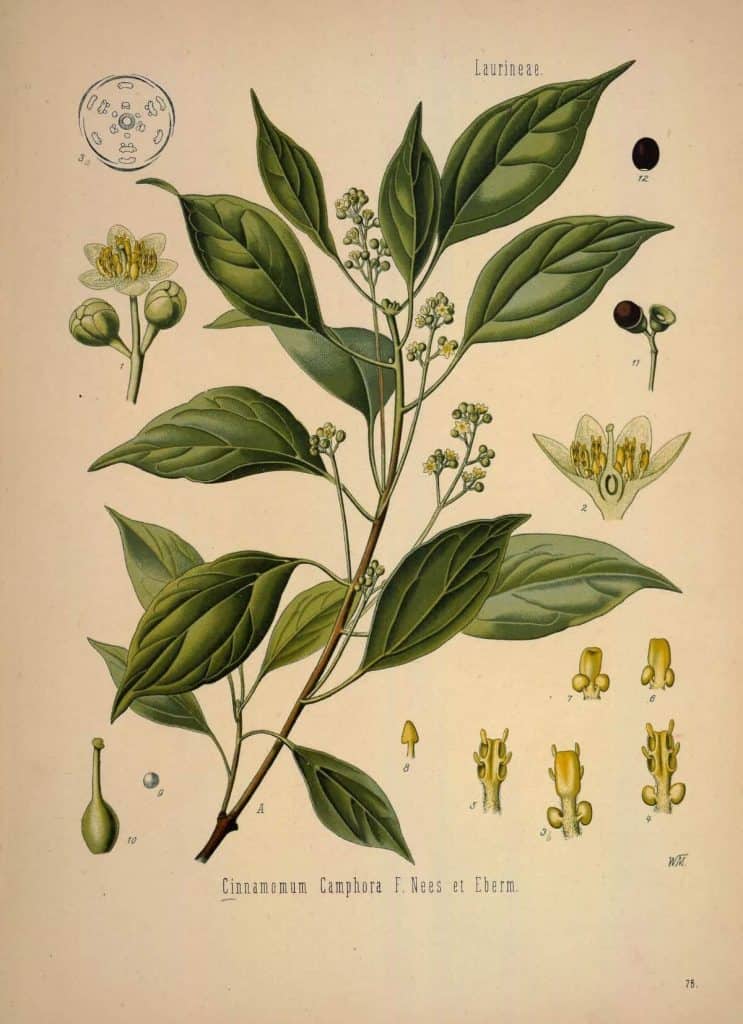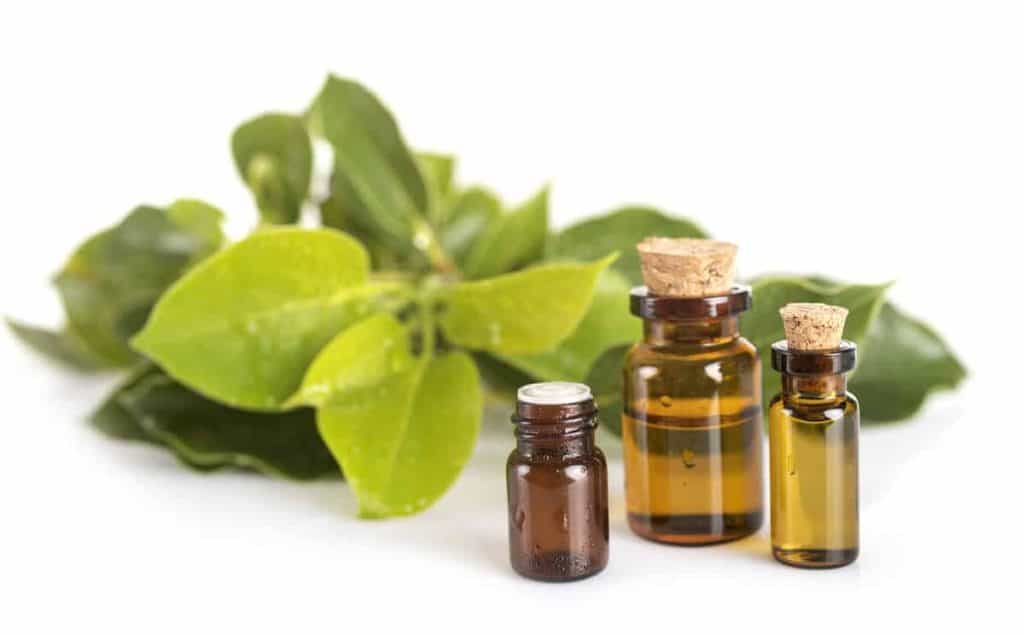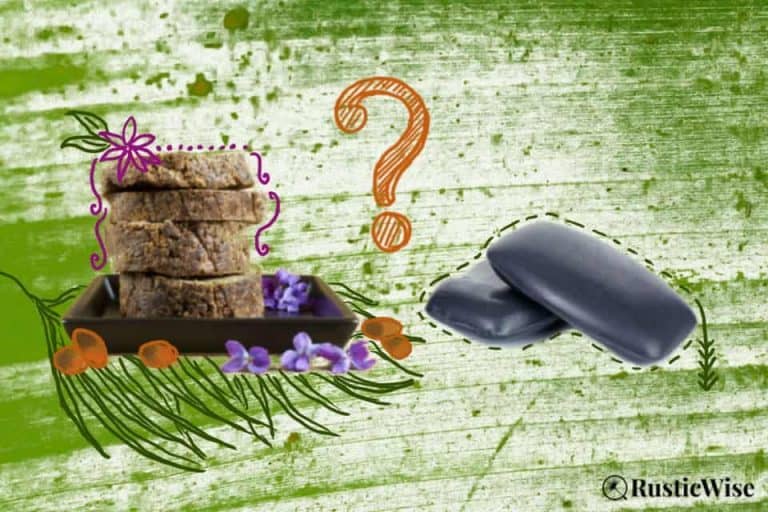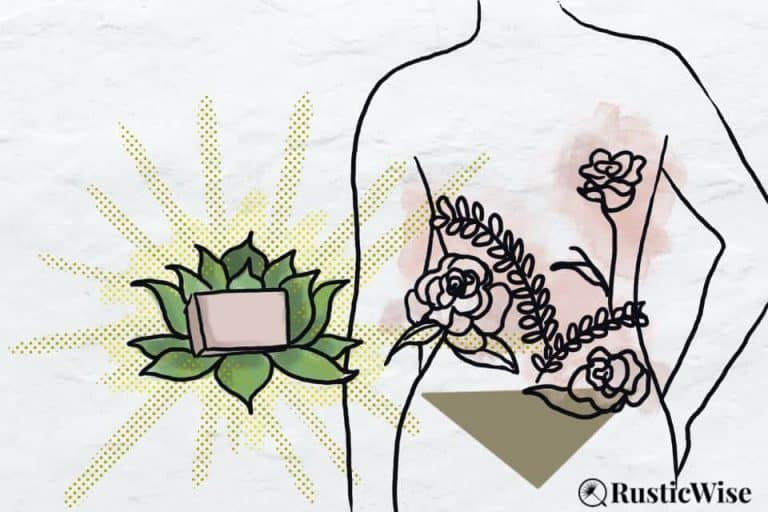What Does Camphor Smell Like? 7 Pleasant Scent Pairings
Camphor oil comes from the Asian laurel tree, Cinnamomum camphora. Long used as a medicinal oil for its antibacterial, antifungal, and anti-inflammatory properties, C. camphora has a rich history. It’s also used for beauty products to promote smoother, wrinkle-free skin.
As with many aromatic plant species, camphor has a distinct odor. So, what does camphor smell like? Bright, herbaceous, and with musty, earthy, and woodsy notes, the aroma of camphor is a cross between mothballs and vapor rub, of which it is an active ingredient.
Once you smell it, you won’t soon forget it! Let’s take a closer look at camphor oil and its many uses for skin and body.
What is camphor?
Camphor is a type of organic compound belonging to the family terpenoid ketones, which derives from the Cinnamomum camphor laurel plant. It grows in China, Japan, and Taiwan.¹
The compound is produced by steam distillation through small wood chips from the plant. From there, the vapors are condensed. Camphor forms in small crystals in the oily component of the distillate. Manufacturers purify the compound through a series of steps, including pressing and sublimation.¹
In its pure form, camphor is a white waxy solid.¹
Did you know…The wood of the C. camphor tree is where this compound derives from. A single mature tree can produce up to 3 tons of camphor crude oil.
Modern industrial uses of camphor
Camphor was once used as a raw material in the manufacturing of celluloid. (Nowadays, camphor has been replaced by other plastics.)²
You’ll also see it listed as an ingredient in many pharmaceutical products such as soothing balms and salves.
Plus, camphor is an active ingredient in many insecticides.

Credit: Flickr / Biodiversity Heritage Library
The grades of camphor oil
There are 4 grades of camphor oil. The only safe camphor oil is the white grade.³
- White camphor oil: Technically, not a true essential oil, it’s considered a fraction. White camphor is safe to use for aromatherapy and other topical applications when diluted. This grade of oil contains the lowest level of the camphor constituent; using high doses of camphor is unsafe.
- Yellow camphor oil: Contains high levels of safrole which is a carcinogen, and is unsafe for personal use. You’ll be hard pressed to find yellow-grade oil sold in regular stores.
- Brown camphor oil: Same as yellow-grade oil above—brown-grade oil is also not safe for personal use, and is difficult to find.
- Blue camphor oil: Unsafe, and not sold at all.
The Cinnamomum camphora tree also produces other essential oils:³
- Ho Leaf essential oil comes from the leaves, with the main component linalool.
- Ho Wood essential oil comes from the wood of camphor trees (with the harmful safrole removed), with the main component linalool.
- Shiu essential oil comes from the wood and leaves, with the main component linalool.
- Ravintsara essential oil comes from the leaves with the main component cineole.

Credit: Vector State
What does camphor smell like? Here are 7 pleasant scent pairings with camphor
Let’s be honest. Camphor has a polarizing aroma that can smell very potent. Some will love its rich and full-bodied aroma, while others will prefer something less robust.
So, what does camphor smell like, exactly? Here’s a deeper look at this unique scent.
As a strong top note with a penetrating aroma, camphor pairs well with other herbaceous, lightly floral, or spicy notes. Camphor has a bright and clean aroma with rich and earthy undertones.
When people say that camphor smells like mothballs, it’s only partly true. A more accurate statement is that mothballs smell like camphor! This is because traditional mothballs contain camphor, a natural insect repellent.
Before you give up on the scent of camphor, relax. It doesn’t completely smell like mothballs! Traditional mothballs also contain other chemicals which gives it its telltale powerful aroma.
Camphor was also used as a main component of incense throughout Asia.
What scents go well with camphor?
Here are a few ways to create your own essential oil blends. The following pairings are listed in no particular order.
- Sweet basil and camphor: Sweet, fresh, and with hints of balsamic notes, sweet basil makes a great companion with C. camphora.
- Chamomile and camphor: With chamomile’s mild, slightly sweet floral scent and soothing properties, this scent pairing would be great to use as part of a relaxing evening ritual.
- Cinnamon and camphor: Either cinnamon leaf (a milder essential oil), or cinnamon bark essential oil (smells like cinnamon spice) would work well with camphor oil. These two blends combine to create a warming, sweet, and earthy pairing—great for enriching the senses!
- Eucalyptus and camphor: We already know that this scent pairing works well together because you can smell this powerful combo in a tub of Vics VapoRub. For better breathing, combine these two scents for a soothing and refreshing aroma that calms and rejuvenates.
- Frankincense oil and camphor: Frankincense has warm, spicy, and smokey notes. Pair these two together for a rich and exotic blend for a smell that invokes incense.
- Lavender and camphor: While lavender essential oil is distilled from the flowers, it doesn’t have an overly floral scent. Lavender has woody undertones which make it a perfect pairing with this wood distilled oil.
- Rosemary and camphor: Rosemary’s herby and evergreen notes complement and bring out the woody notes in camphor oil. Enjoy this pairing’s fresh and purifying properties.
Benefits of camphor oil
Here are some of the many benefits of applying camphor oil topically.⁴
- Pain relief: Soothes pain and inflammation when applied topically to sore muscles, aches, and pains.
- Skincare: Using camphor for skin is a common way to reap its healing qualities. You’ll often see it listed as a common ingredient in soaps, lotions, creams, and tonics. Its antibacterial and antifungal qualities help promote wound healing. With its anti-aging properties, it fights wrinkles and boosts collagen.
- Decongestant: Many people associate the smell of camphor with Vicks VapoRub as it’s one of the main ingredients along with eucalyptus oil and menthol. When you are feeling stuffy, a bit of this oil can help soothe and decongest.
- Relieve muscle cramps: With antispasmodic properties, applying a bit of this oil diluted topically can help relieve cramping.
Camphor uses
Here are a few camphor oil uses to make the most of this medicinal oil.
- Aromatherapy: Using a few drops of this oil in an air diffuser helps to calm and soothe anxiety. It’s also said to improve circulation and libido.
- Camphor oil for skin: When diluted with a carrier oil, use it to clean, tone, or disinfect skin.
- Massage oil for muscle aches: When applied topically, the absorption of camphor oil can soothe nerve endings and muscle aches. You’ll often find it as an active ingredient in balms and salves for muscle aches as it can create a cooling sensation.
- Repel pests: Make your own DIY insect repellent spray.
- Use it like vapor rub: Camphor oil soothes and opens the respiratory system to promote peaceful breathing and ease congestion.
- Make a soothing bath: For a rejuvenating and soothing soak, add two or three drops of camphor oil to a dispersant such as goat’s milk (remember that oil and water don’t mix well!). The dispersant helps the oil to mix with the warm bath water. Use roughly 2–4 tablespoons of a dispersant.
How to use camphor oil safely
As with other essential oils, it’s important to follow safety guidelines. Camphor is toxic when ingested—keep away from children and pets.⁵
- Dilute, dilute, dilute: Use a suitable carrier oil such as sweet almond oil, grapeseed oil, jojoba oil, or olive oil. Dilute according to the instructions.
- Only apply topically: Never ingest camphor as it is highly toxic. Some people may suffer seizures when ingested; those with epilepsy are especially susceptible.
- Use the proper grade of oil: Stick with using only white camphor oil, as other grades are not suitable for personal use.
- NOT safe for pregnant or breastfeeding women.
- Do not apply directly to or near the nostrils of young children, or those with asthma.
- Do not apply on broken or burned skin.
- Do a patch test: Whenever you introduce a new essential oil or skin product, it’s best to do a 24-hour patch test to monitor for signs of skin irritation, or allergic reactions. Those with sensitive skin or atopic dermatitis may suffer from adverse effects.
👉 Find more Natural Wellness topics on nourishing your body and soul with natural food, herbs, and plants. 🌿
Would you like more timeless tips via email?
Fun tips to help you live an independent, self-sustaining lifestyle. Opt-out at any time.


References
- Britannica, Camphor, https://www.britannica.com/science/camphor. Accessed June 2022.
- Britannica, Laurales, https://www.britannica.com/plant/Laurales#ref594476. Accessed June 2022.
- Robert Tisserand Institute, Cinnamomum Camphora: It’s Many Names and Chemotypes, https://tisserandinstitute.org/learn-more/cinnamomum-camphora/. Accessed June 2022.
- Plants for a Future, Cinnamomum camphora, https://pfaf.org/user/Plant.aspx?LatinName=Cinnamomum+camphora. Accessed June 2022.
- The University of Texas at El Paso, Camphor, https://www.utep.edu/herbal-safety/herbal facts/herbal%20facts%20sheet/camphor.html. Accessed June 2022.

Author: Josh Tesolin
Josh is co-founder of RusticWise. When he’s not tinkering in the garden, or fixing something around the house, you can find him working on a vast array of random side projects.









